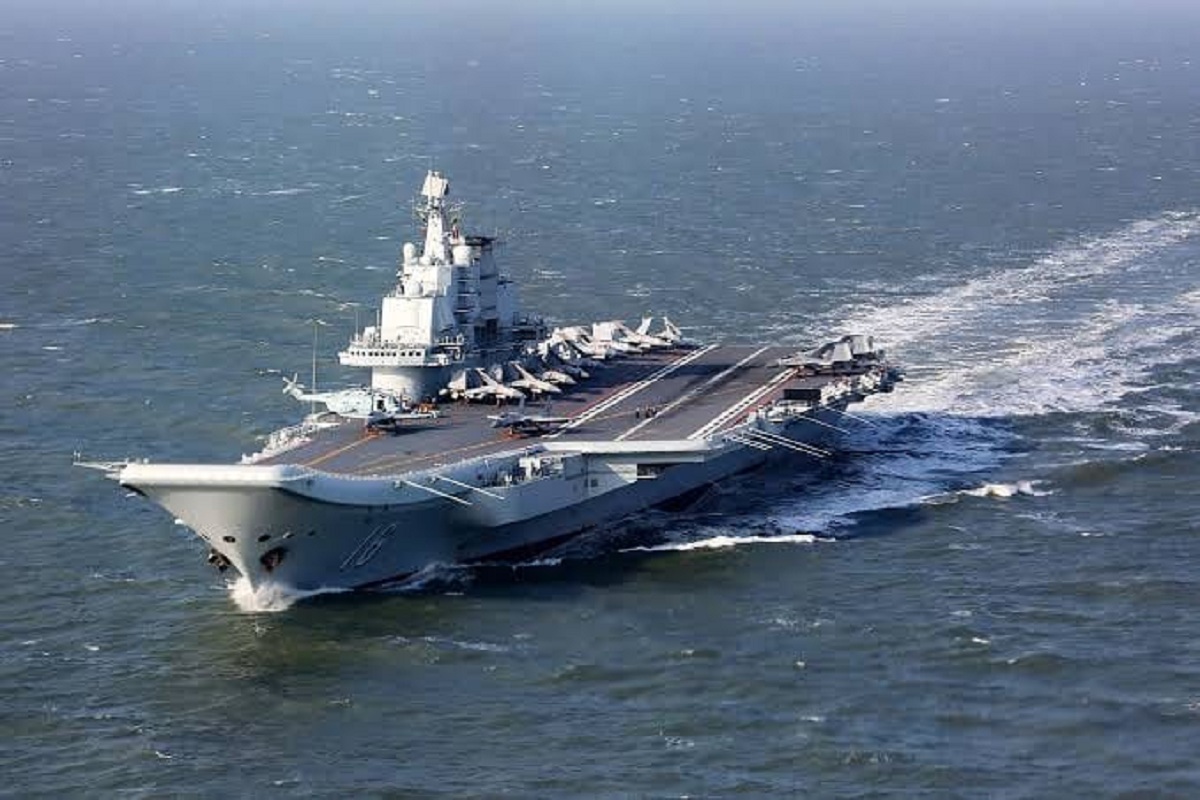China’s People Liberation Army (PLA) had a decades-old organisational structure in which the PLA Ground Forces have traditionally enjoyed prominence vis-à-vis the other services viz Navy, Air Force, Rocket Force and Strategic Support Force.
Beijing recently undertook a restructuring of PLA into Theatre Commands, with the concomitant rapid development of naval and air capabilities. This has resulted in shrinking of the Ground Forces to around 975.000 troops, substantially lesser than that of India.
The decade of dominance of PLA Ground Forces in China was previously hindering the development of PLA joint operational capabilities, especially in the maritime, air, and space/cyber domains. To move beyond a manpower-intensive mindset, major doctrinal and organisational changes were essential, and these have since been executed.
A significant element of modernisation is towards the development of China’s maritime power, considered indispensable by the Communist Party of China for achieving the global power status. This is evidenced by the recent construction of China’s second aircraft carrier Shandong and the 12,000 tonne Type 55 Renhai class Destroyers.
There are lessons in this for India. The First has been learnt, with the creation of Chief of Defence Staff (CDS) and redesigning of existing military commands into Theatre Commands as also establishing new Joint Commands.
The second and perhaps more important lesson is that the Indian military establishment has to reassess our long-term threat perceptions and re-structure accordingly. There is also a pressing need to recalibrate how India perceives China and not be blindsided by a continued continental focus.
There is general consensus that China views the Western Pacific and the Indian Ocean as its future zones of ‘competition’ and specifically, the Indian Ocean Region (IOR) as a vital component of its Maritime Silk Route.
China is a net importer of energy supplies, most of which is routed from the Persian Gulf; hence there are vital Chinese national interests at stake in the IOR. China, however, does not have favourable maritime geography – hemmed in on all fronts by competing neighbours India’s geography, however, provides the Indian Navy unique opportunity to leverage its maritime bounty – Sea Lines of Communication (SLOCs), extending from the Persian Gulf towards China criss-cross the Indian Ocean, just south of the Indian subcontinent.
A study of modern warfare indicates that human conflict (on land) is often determined by the ability of naval forces to deliver ordnance/ troops/ airpower/ logistics ashore eg World War 2, the Korean conflict, Falklands conflict, Gulf wars etc. While there are some legacy border issues pending from the colonial era, one could argue that the world has now entered a phase of ‘cartographic stalemate’, wherein legitimately re-drawing national boundaries is deemed untenable.
Some of the largest countries in the world (by land area) are still squabbling over small tracts of territory, however, geopolitical realities and anti-irredentist sentiment of the global comity presently limits the scope of land conflict.
The maritime dimension, however, harbours the immense potential for confrontation. Most land-lubbers would be unaware that nearly 50% of the earth’s surface is covered by oceanic waters which are not under the jurisdiction of any country (termed as high seas).
There are no restrictions on warships to operate in these waters and for nations to exploit the natural resources found within these seas or on the sea-bed. There is therefore significant scope for the maritime medium to be exploited by inimical or competitive forces.
The Indian Navy’s assets, based from fortuitously located ports, have the capability to significantly influence maritime operations in the extended IOR, extending as far as Malacca Strait to the East, the Persian Gulf to the North-West, Bab-el-Mandeb to the West, Cape of Good Hope to the South-West and the Southern Ocean to the South, an area of over 32 million km2.
While the Indian Navy is the pre-eminent maritime force and preferred security partner for IOR countries, it is in India’s interest that the newly-minted Department of Military Affairs under the CDS monitors ongoing developments in the Chinese force structure. This would enable recalibration of the overall structure of the Indian Armed Forces and its assets in tune with the evolving strategic environment.
This is not to argue that the Indian Navy presently lacks the adequate capacity to effectively counter the PLA Navy in the IOR. On the contrary, it could be argued that a fleet’s total number of ships, either by net tonnage or the total number of ships, is only a partial metric of its capability.
Comparisons of numbers of ships/ platforms of navies do not account for their core missions, area of operations and national responsibilities, which significantly affect combat potential. That being said, denting a future collusive maritime threat from China and Pakistan in the IOA calls for significant budgetary realignment in favour of the maritime domain.
Is it possible to entirely replicate the Chinese example? After all, the PLA Ground Forces now constitute less than 50 per cent of the entire force; a measure of just how far the Chinese have transformed and let go of their continental orientation.
Naysayers amongst the Indian strategic community would also be quick to point out that the threat from India’s traditional rival, Pakistan is all too real, and the hotly contested land border necessitates a continental focus to be maintained, as hitherto. Here again, India should monitor its rivals and re-assess the need for a manpower-Intensive continental military.
Positive results of re-structuring are only likely to emerge with time: providing India with a leaner, but more potent, joint warfighting capability. Given the growth trajectory of the PLA Navy and likely tightening of budgetary allocations in near future years due to COVID-19, prescient re-structuring and budgetary allocations for the Indian military is the need of the hour.
With inputs from sources – Indian Navy
(The writer is a Delhi-based independent contributor to print and online publications)










